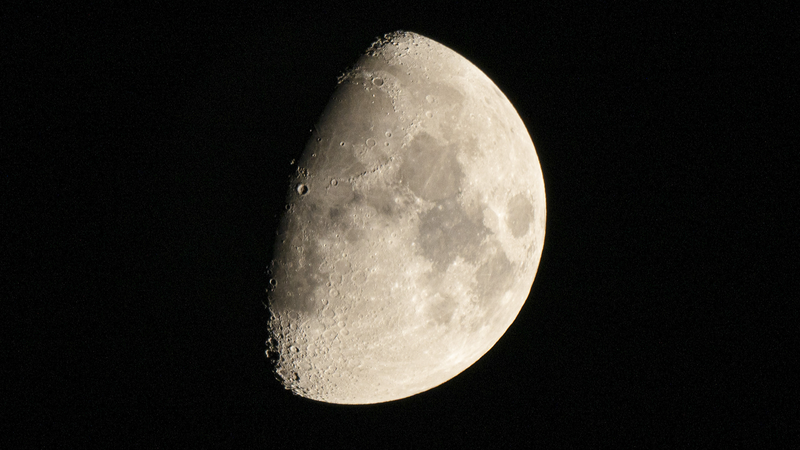China's CNSA has approved its ninth batch of lunar sample research applications, marking a milestone in the nation's deep-space exploration efforts. Through the Lunar Exploration and Space Engineering Center under the China National Space Administration, 30,881.8 milligrams of precious lunar material, collected by the Chang'e-5 and Chang'e-6 missions, will be shipped to 32 research groups across 25 institutions.
This latest round of loans opens new doors for breakthroughs in lunar science and beyond. From cracking the secrets of the Moon's origin to refining technologies for future crewed missions, scientists are gearing up to analyze these microscopic time capsules. Key research areas include:
- Geological Chronology: Dating lunar rocks to understand the Moon's formation timeline.
- Solar Wind Studies: Assessing how solar particles alter the Moon's surface over billions of years.
- Resource Detection: Identifying potential in-situ resources like helium-3 for sustainable exploration.
- Comparative Planetology: Drawing parallels between lunar samples and Martian meteorites to enhance interplanetary science.
"Each grain of lunar soil carries an untold story of space weathering and planetary evolution," says Dr. Li of the Lunar Geology Institute. "With this batch, we're not just borrowing rocks, we're expanding humanity's toolkit for off-world discovery."
These collaborative efforts feed into a global tapestry of lunar exploration. By sharing findings at international conferences and open-access publications, researchers hope to accelerate innovations in astrobiology, space resource utilization, and remote sensing technologies. Looking ahead, the insights gained may shape the next generation of missions, both on the Moon and further into the solar system.
As the samples make their journey from labs across the Chinese mainland to analytical machines, the scientific community is poised for a new chapter in moon science. Stay tuned as these tiny lunar treasures unlock big cosmic answers.
Reference(s):
cgtn.com


